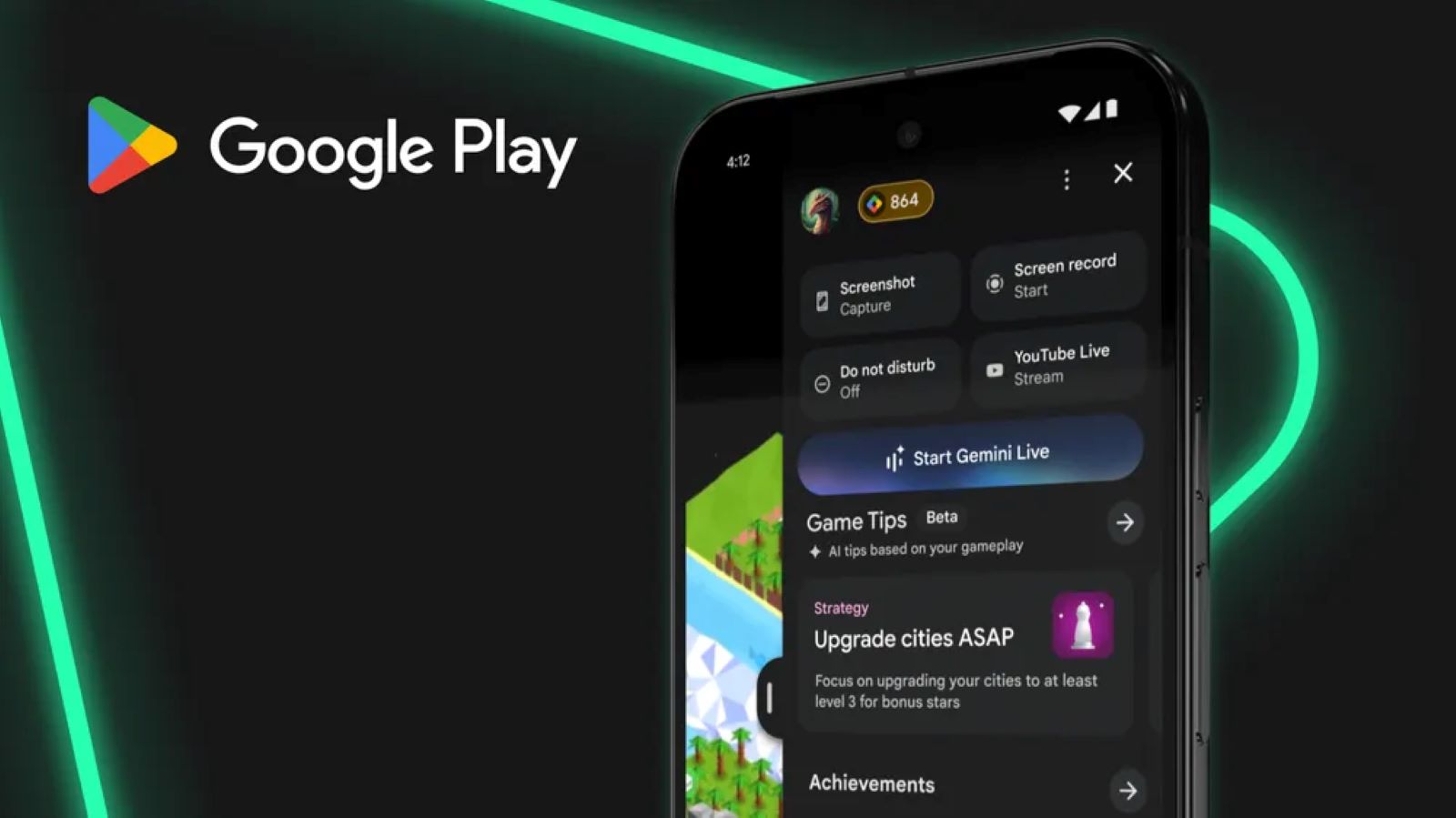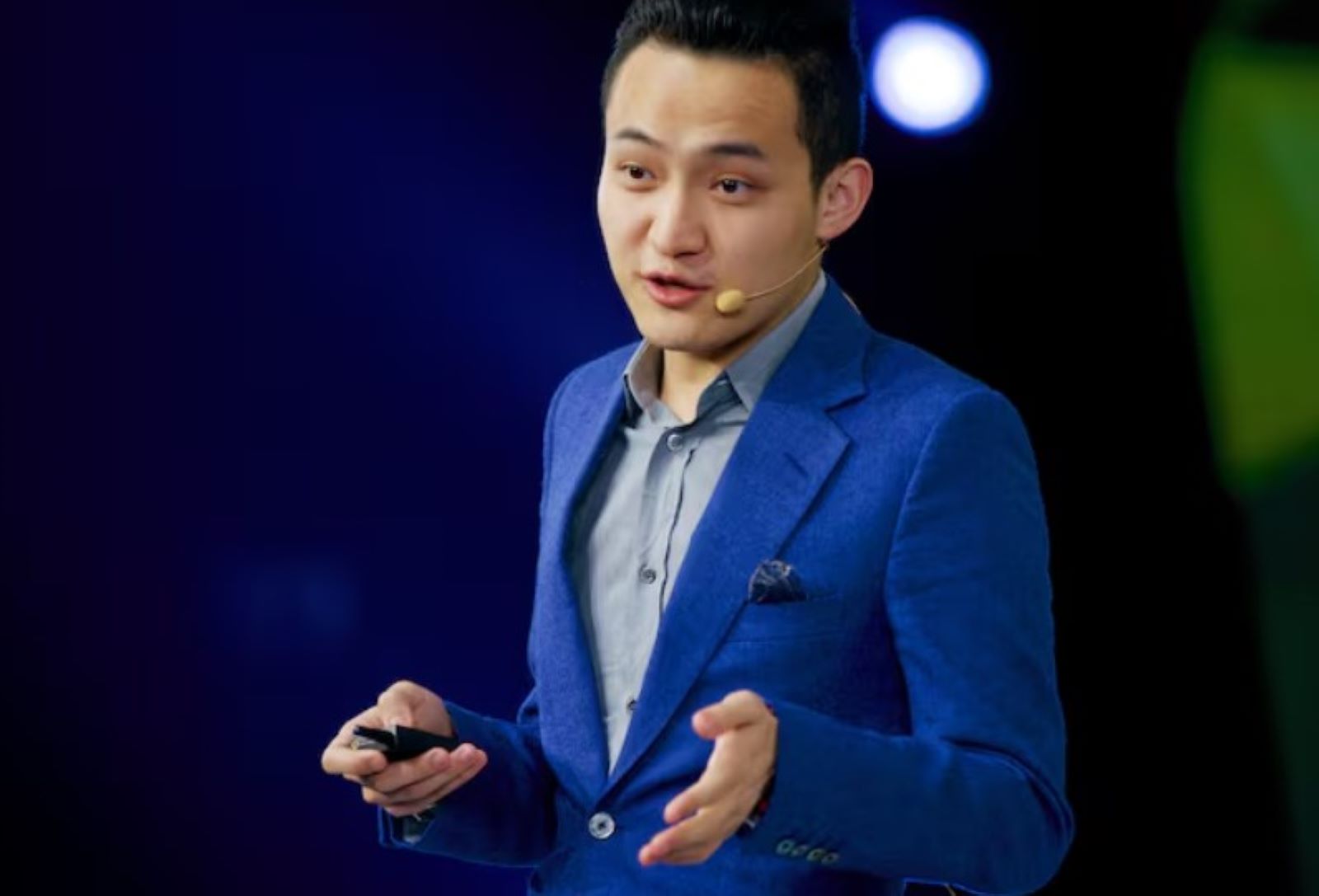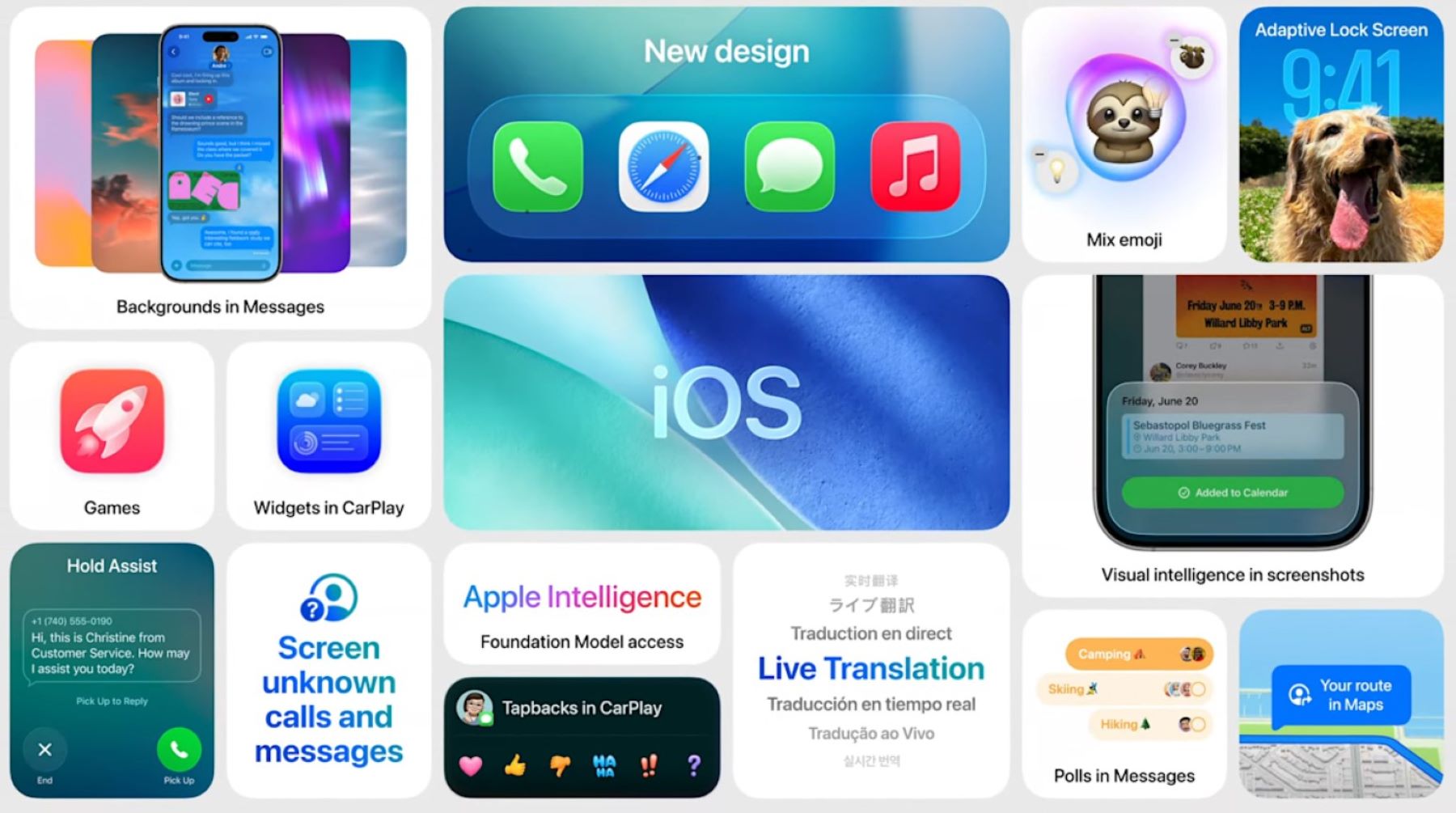Genshin Impact, the popular action role-playing game developed by HoYoverse, is once again at the center of controversy as it unveils new characters for its upcoming Natlan region. This region, inspired by Mesoamerican and West African cultures, has sparked criticism for its lack of diversity in character designs.
Core Issue
Voice actors from the game itself have joined the growing chorus of fans criticizing the designs for perpetuating a trend of minimal racial diversity. The characters introduced, particularly those from regions supposedly based on diverse cultures, predominantly feature light-skinned appearances. This pattern is noted across various regions in the game, with only a handful of characters representing darker skin tones, such as Kaeya and Xinyan.
Community Reaction
The Genshin Impact community has expressed disappointment, particularly on platforms like Twitter, where discussions emphasize the inconsistency between the cultural richness of the game’s settings and the homogeneity of its character skins. Fans and actors alike are calling for more authentic representation that aligns with the diverse cultures depicted in the game’s lore.
Developer Response
In the past, HoYoverse has been receptive to feedback, making changes to character designs and storylines. The community remains hopeful that the developers will continue this trend by introducing more diverse characters in the future.
As Genshin Impact approaches its fourth anniversary, the dialogue around diversity in gaming continues to evolve. The situation presents an opportunity for HoYoverse to lead by example, potentially setting new standards for character representation in video games.
As Genshin Impact’s Natlan region debuts, it brings to light ongoing concerns over diversity in character design. Despite previous controversies, such as those involving Sumeru’s characters, HoYoverse continues to face criticism. The community’s vocal response highlights a growing demand for broader inclusivity that mirrors the rich cultural inspirations behind the game’s worlds. Moving forward, the developers are urged to embrace this feedback, potentially setting new industry standards for diversity in gaming, enhancing the game’s global appeal and cultural authenticity.








